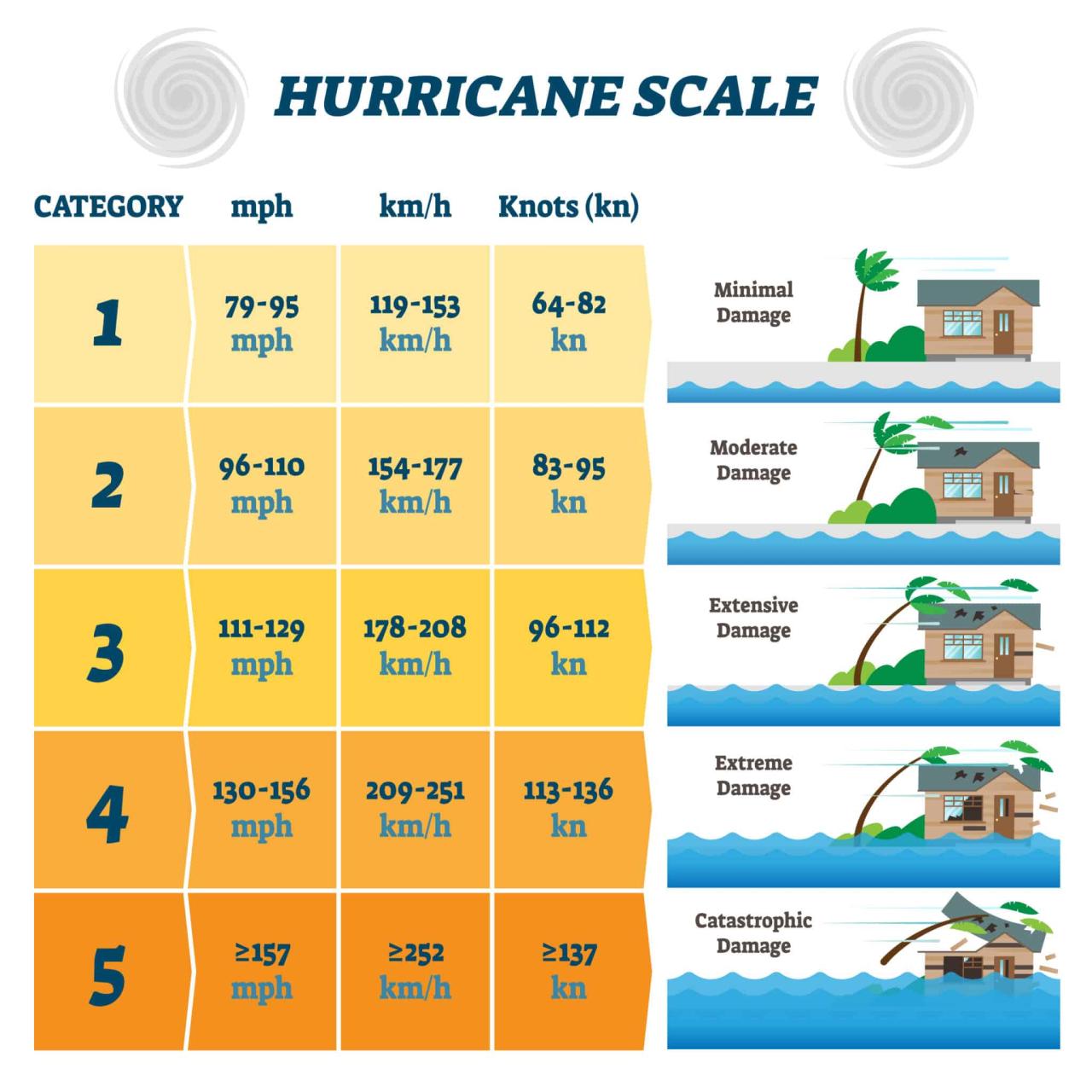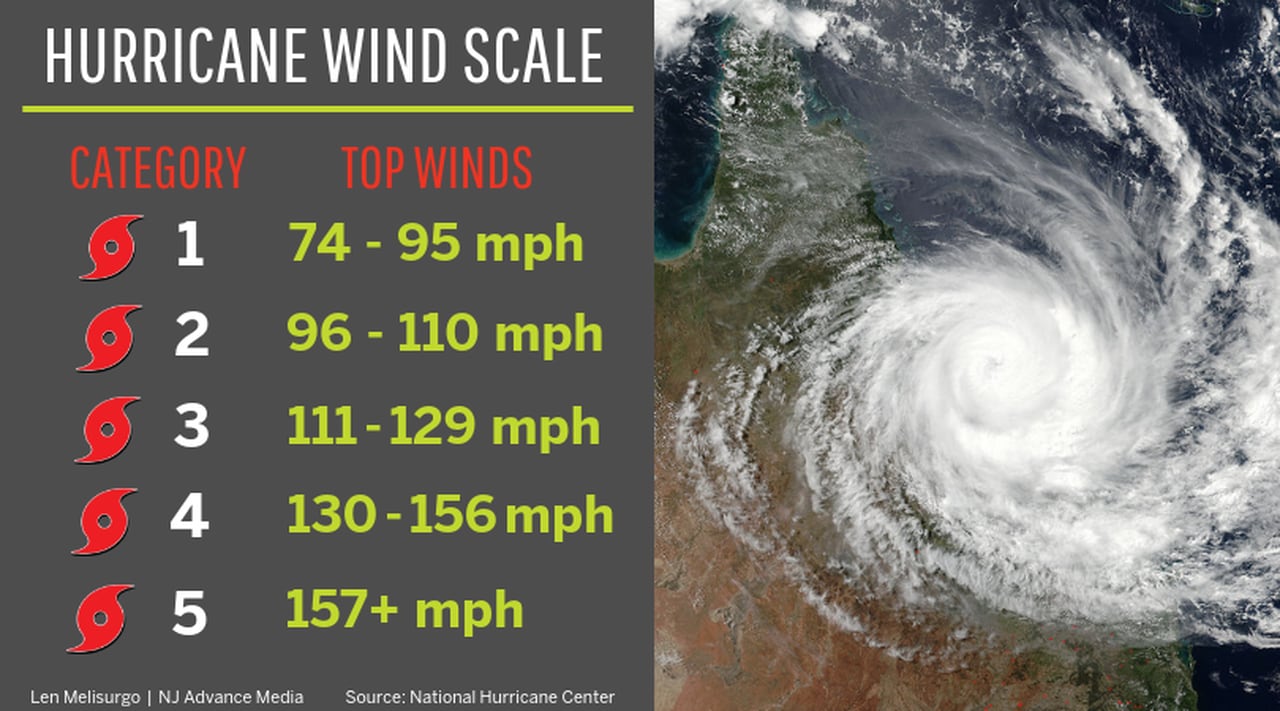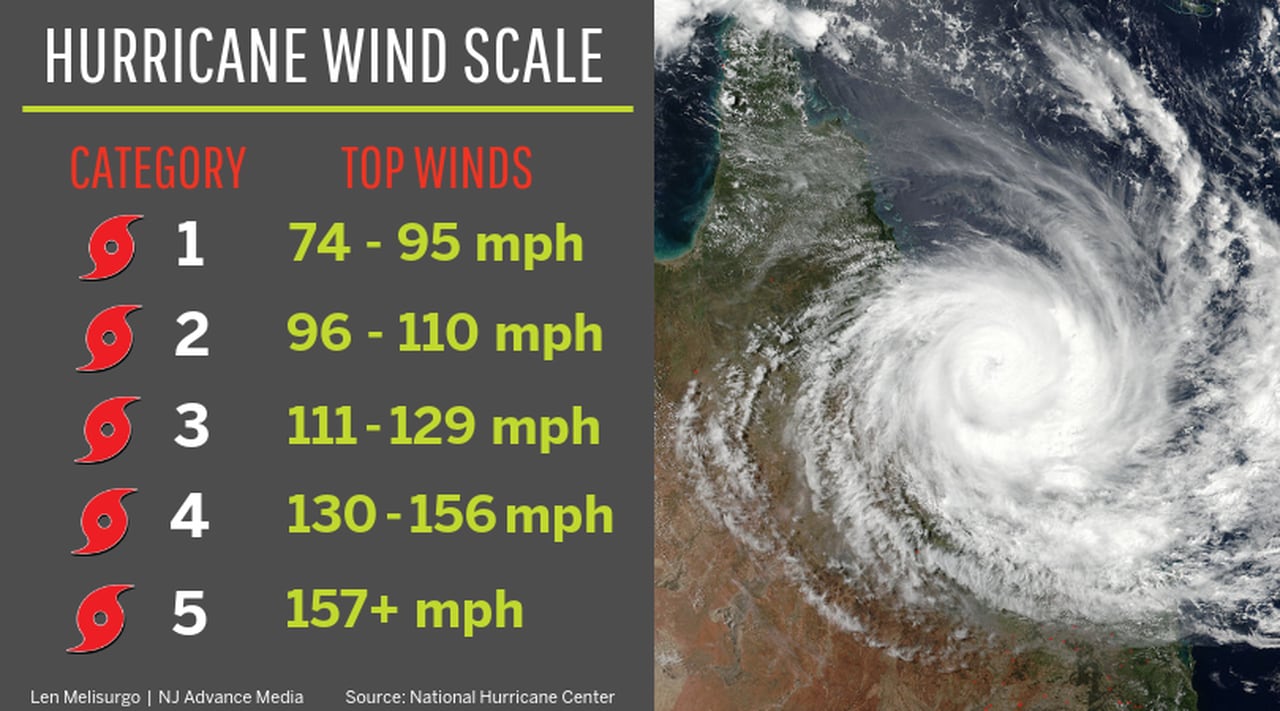As Cat 4 hurricane wind speed takes center stage, this opening passage beckons readers with fimela author style into a world crafted with good knowledge, ensuring a reading experience that is both absorbing and distinctly original. The Saffir-Simpson Hurricane Wind Scale categorizes hurricanes based on their sustained wind speeds, with Category 4 hurricanes boasting winds between 130 and 156 mph, capable of causing catastrophic damage.
The impacts of Cat 4 hurricane wind speeds are far-reaching, affecting buildings, infrastructure, and natural landscapes. Case studies of past Cat 4 hurricanes, such as Hurricane Michael in 2018, showcase the devastating power of these storms. Evacuation and preparedness measures are crucial in mitigating the risks associated with Cat 4 hurricanes, emphasizing the importance of timely warnings and community resilience.
Hurricane Wind Speed Categories
The Saffir-Simpson Hurricane Wind Scale (SSHWS) is a 1-5 rating system used to classify hurricanes based on their maximum sustained wind speeds. The scale was developed by Herbert Saffir and Robert Simpson in the 1970s and has since become the standard for hurricane classification worldwide.
The SSHWS is based on the concept that the maximum sustained wind speed of a hurricane is directly related to its potential for damage. The scale ranges from Category 1, which indicates a hurricane with maximum sustained winds of 74-95 mph, to Category 5, which indicates a hurricane with maximum sustained winds of 157 mph or higher.
Wind Speed Ranges for Each Hurricane Category
The following table summarizes the wind speed ranges for each hurricane category:
| Category | Maximum Sustained Wind Speed (mph) |
|---|---|
| 1 | 74-95 |
| 2 | 96-110 |
| 3 | 111-129 |
| 4 | 130-156 |
| 5 | 157 or higher |
Impacts of Cat 4 Hurricane Wind Speeds

Category 4 hurricanes bring catastrophic wind speeds that can cause extensive damage to buildings, infrastructure, and natural landscapes. These winds can reach speeds of up to 130-156 mph (209-251 km/h), making them among the most destructive forces of nature.
The impacts of Cat 4 hurricane wind speeds can be devastating, leading to:
Structural Damage
- Extensive damage to roofs, walls, and windows of buildings, including collapse and loss of structural integrity.
- Destruction of mobile homes and other lightweight structures.
- Downed power lines and communication towers, leading to widespread power outages and communication disruptions.
- Damage to bridges, roads, and other infrastructure, hampering transportation and emergency response efforts.
Natural Landscape Damage
- Uprooting and snapping of trees, causing extensive deforestation and damage to vegetation.
- Erosion of beaches and coastal areas due to storm surge and high winds, leading to loss of land and property.
- Disruption of ecosystems, including damage to wildlife habitats and loss of biodiversity.
Case Studies, Cat 4 hurricane wind speed
Hurricane Michael (2018): A Cat 4 hurricane that devastated the Florida Panhandle, causing widespread structural damage, power outages, and loss of life. The hurricane’s winds reached 155 mph (250 km/h), causing catastrophic damage to buildings, infrastructure, and natural landscapes.
Hurricane Maria (2017): A Cat 4 hurricane that caused widespread devastation in Puerto Rico and the Caribbean. The hurricane’s winds reached 155 mph (250 km/h), causing widespread power outages, infrastructure damage, and loss of life.
Evacuation and Preparedness
Due to the devastating impacts of Cat 4 hurricanes, it is crucial to take evacuation and preparedness measures seriously. Residents in hurricane-prone areas should develop evacuation plans, assemble emergency kits, and stay informed about hurricane forecasts.
Evacuating to a safe location is essential when a Cat 4 hurricane is approaching. Emergency kits should include essential supplies such as food, water, first aid kits, medications, and important documents.
Forecasting and Tracking Cat 4 Hurricanes

Accurate forecasting and tracking of Cat 4 hurricanes are crucial for timely evacuations and damage mitigation. Advanced meteorological models and technologies have significantly improved our ability to predict hurricane paths and intensities.
Observational Data
Weather stations, buoys, and satellites collect real-time data on atmospheric conditions, wind speeds, and sea surface temperatures. This data provides the initial input for numerical weather prediction models.
Numerical Weather Prediction Models
Supercomputers run complex mathematical models that simulate atmospheric processes. These models incorporate observational data and forecast hurricane development, movement, and intensity over time.
Ensemble Forecasting
Ensemble forecasting involves running multiple model simulations with slightly different initial conditions. This technique provides a range of possible hurricane scenarios, helping meteorologists assess forecast uncertainty.
Technology Advancements
Technological advancements, such as high-resolution satellite imagery and unmanned aerial vehicles (UAVs), have enhanced our ability to observe hurricanes in real-time. UAVs can penetrate hurricane eyewalls to collect valuable data on wind speeds and pressure gradients.
Hurricane Path and Intensity
Cat 4 hurricanes typically form over warm ocean waters and travel westward across the Atlantic Ocean or Eastern Pacific Ocean. They often intensify as they approach land, with maximum sustained wind speeds ranging from 130 to 156 mph.
The typical path of a Cat 4 hurricane is influenced by steering currents in the atmosphere. These currents guide the hurricane’s movement and can cause it to change direction or slow down.
Role of Technology
Technology has played a pivotal role in improving hurricane forecasting and tracking. Advanced models, real-time data collection, and ensemble forecasting have significantly reduced forecast errors and provided more accurate and timely information to decision-makers.
Conclusion
Forecasting and tracking Cat 4 hurricanes is a complex task, but advancements in technology have significantly improved our ability to predict their paths and intensity. Satellite imagery, weather balloons, and computer models play a vital role in providing timely and accurate forecasts, allowing for better preparation and response efforts.
As we continue to enhance our understanding of Cat 4 hurricane wind speeds, we empower ourselves to mitigate their impacts and safeguard our communities from their destructive force.
FAQ Insights
What is the Saffir-Simpson Hurricane Wind Scale?
The Saffir-Simpson Hurricane Wind Scale is a 1 to 5 rating system that categorizes hurricanes based on their sustained wind speeds.
What are the wind speed ranges for Cat 4 hurricanes?
Cat 4 hurricanes have sustained wind speeds between 130 and 156 mph.
What are the potential impacts of Cat 4 hurricane wind speeds?
Cat 4 hurricane wind speeds can cause catastrophic damage to buildings, infrastructure, and natural landscapes, leading to power outages, flooding, and widespread destruction.
What are some case studies of past Cat 4 hurricanes?
Notable Cat 4 hurricanes include Hurricane Michael (2018), Hurricane Harvey (2017), and Hurricane Irma (2017), which caused significant damage in the United States and Caribbean.
What are the evacuation and preparedness measures for Cat 4 hurricanes?
Evacuation and preparedness measures for Cat 4 hurricanes include monitoring weather forecasts, preparing emergency kits, securing loose objects, and following evacuation orders from local authorities.

